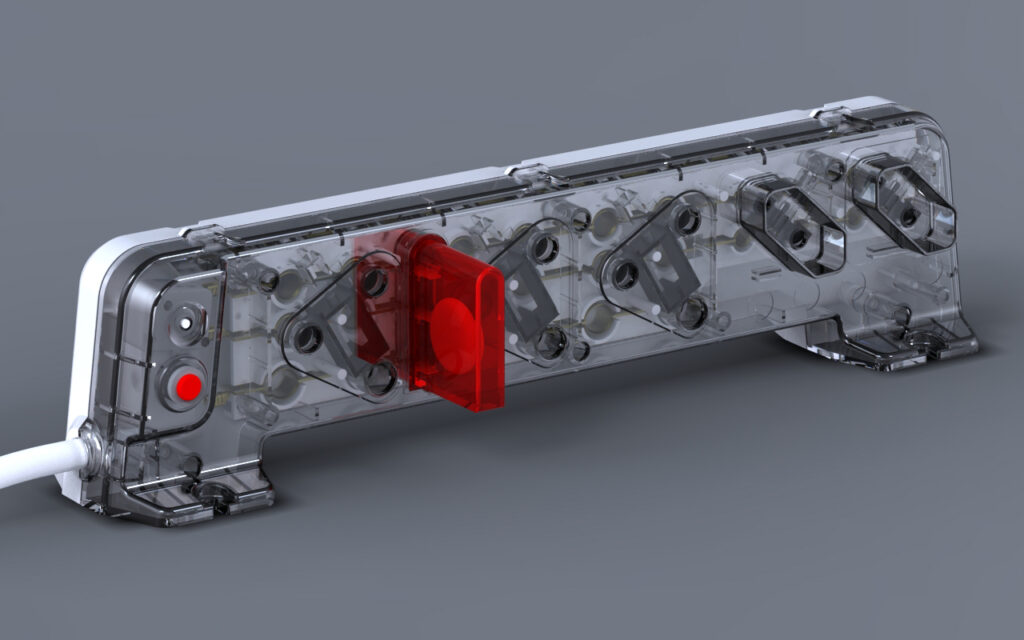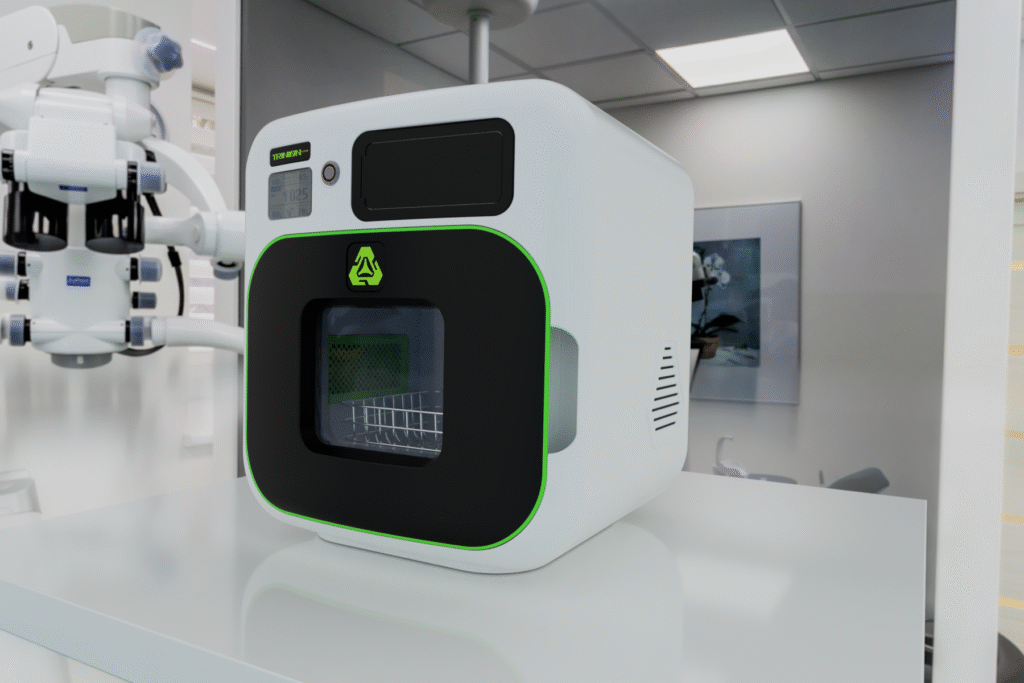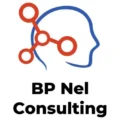Injection Molding DFM: Optimize Your Designs for Success
Published: September 23, 2025
Table of Contents
Introduction
Injection Molding DFM optimizes designs for efficient, cost-effective production of high-quality plastic parts. At 3DDFM, BP Nel Consulting’s $75/hr expertise—half US rates—saves 20-30% on tooling and production costs. For example, our Medical Sanitizer unit used Injection Molding DFM to eliminate undercuts, saving thousands. Unlike unoptimized designs, DFM ensures manufacturability. Thus, learn DFM in our beginner’s course at 3DDFM Courses or get a free audit at 3ddfm.com!
Why Injection Molding DFM Matters
Injection molding produces precise plastic parts, but poor design inflates costs. Specifically, DFM minimizes waste, reduces cycle times, and enhances part quality. For instance, optimizing wall thickness can cut material costs by 15-25%. Consequently, DFM streamlines production, ensuring parts meet tolerances while lowering expenses. BP Nel Consulting’s 29+ years of expertise helps startups achieve scalable, affordable designs.
Key Considerations for Injection Molding Design
Injection Molding DFM addresses critical design factors to ensure manufacturability. Here are five key considerations, answering the Google top question, “What are the key considerations for injection molding design?”:
Uniform Wall Thickness: Consistent walls (1.5-3mm) prevent warping and reduce cooling times, saving 10-20% on cycle costs, per LINK5.
Draft Angles: Adding 0.5-2° angles ensures easy part ejection, cutting mold wear by 30%.
Undercut Elimination: Snap-fits or side-actions replace undercuts, reducing tooling complexity and costs by 20-25%.
Material Selection: Choosing resins like ABS or PP balances strength and cost, avoiding expensive reworks.
Tolerances: Tight but achievable tolerances (e.g., ±0.1mm) ensure quality without overcomplicating molds.
For example, our Electronics Covers animation shows uniform walls and draft angles in action. Thus, DFM ensures cost-effective, high-quality parts.
Common Injection Molding Design Mistakes
Poor design choices derail production. Common mistakes include:
Inconsistent Wall Thickness: Causes sink marks and longer cooling, increasing costs by 15%.
Missing Draft Angles: Leads to part sticking, damaging molds and raising maintenance costs.
Complex Undercuts: Require costly multi-part molds, inflating budgets by 20-30%.
Overly Tight Tolerances: Drive up machining costs without functional benefit.
For instance, a client’s unoptimized design added $5,000 in tooling costs due to undercuts. Design for Injection Molding, as taught in our course at 3DDFM Courses, avoids these pitfalls.
Steps to Implement Injection Molding DFM
Implementing Injection Molding DFM requires a structured approach:
Design Review: Analyze CAD models for uniform walls and draft angles using tools like Fusion 360.
Prototype Testing: Use 3D printing to catch issues early, saving 15-20% on revisions.
Material Optimization: Select cost-effective resins with engineers to balance performance and price.
Tooling Collaboration: Work with mold makers to simplify designs, reducing costs by 20-30%.
Validation: Test molds with short runs to ensure scalability and quality.
For example, our Electrical Adapter unit’s DFM process caught a tolerance issue in 48 hours, saving $10,000. Therefore, Injection Molding DFM streamlines production.

Role of Technology in Injection Molding DFM
Specifically, technology enhances Injection Molding DFM. CAD software like SolidWorks simulates mold flow, identifying defects early. Moreover, 3D printing enables rapid prototyping, cutting iteration time by 50%. For instance, our Electronics Covers design used mold flow analysis to optimize gates, reducing cycle time by 15%. Thus, technology ensures cost-effective, high-quality production.
Case Study: Optimizing a Medical Sanitizer Unit
Our Medical Sanitizer unit showcases Injection Molding DFM success. Initially, the design had complex undercuts and uneven walls, risking $12,000 in extra tooling costs. We applied DFM principles:
Added 1.5° draft angles for easy ejection.
Replaced undercuts with snap-fits, saving 25% on mold costs.
Optimized wall thickness to 2mm, reducing material use by 20%.
Consequently, the client saved $12,000 and cut production time by 30%. Watch the animation on @bpnelconsulting to see the door mechanism (10mm linear motion, then turning) in action. Learn more in our course at 3DDFM Courses.
FAQ: What Are the Key Considerations for Injection Molding Design?
DFM optimizes designs by focusing on uniform wall thickness (1.5-3mm), draft angles (0.5-2°), undercut elimination, material selection (e.g., ABS), and achievable tolerances (±0.1mm). These reduce tooling costs by 20-30% and cycle times by 15-25%, per Industry Insights. For example, our Medical Sanitizer unit avoided $12,000 in costs. Thus, Injection Molding DFM ensures efficient, high-quality production.

Conclusion
Injection Molding DFM transforms designs for cost-effective, scalable production. Therefore, partner with 3DDFM for $75/hr expertise to optimize your parts, as shown in our Medical Sanitizer case study. Furthermore, our 29+ years of experience ensures success. Hence, join our beginner’s course at 3DDFM Courses or get a free audit at 3ddfm.com!
